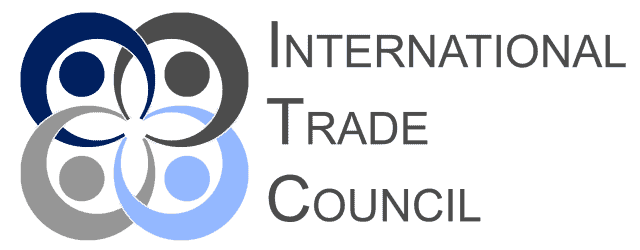Northeast Asia is reinforcing its role as a key energy trade hub, with jet fuel exports to Europe reaching their highest level in nearly a year this June. This growth reflects a healthy adjustment in global trade flows, driven by competitive pricing, increased supply, and efficient logistics.
Between 350,000 and 465,000 metric tons of aviation fuel were shipped from major producers in the region to Europe last month, signaling enhanced trade activity between the two markets. The uptick aligns with a seasonal rise in European jet fuel demand during peak travel months, creating a timely opportunity for exporters.
Favorable freight rates and expanded refinery output in Northeast Asia—following maintenance cycles—supported this surge in exports. With freight costs falling to around $40–$45 per ton for large tankers and new vessels entering service, the east-to-west trade corridor has become even more accessible and efficient.
This movement of refined products not only alleviates oversupply pressures in Asia but also underscores the importance of responsive and flexible trade relationships. By strategically redirecting fuel flows to where demand is strongest, traders are helping to stabilize global supply chains and support balanced market growth.
The continued rise in Asia’s jet fuel production, particularly from China and South Korea, reflects the region’s growing capacity to meet global needs. As international logistics and energy markets become increasingly integrated, such trade patterns highlight the benefits of open and adaptive trade systems.
These developments strengthen global connectivity and offer a promising outlook for refined product trade across key markets.
#ITCNewsUpdates #TradeNews #EnergyTrade #NewsUpdate #GlobalMarketNews #BreakingNews
